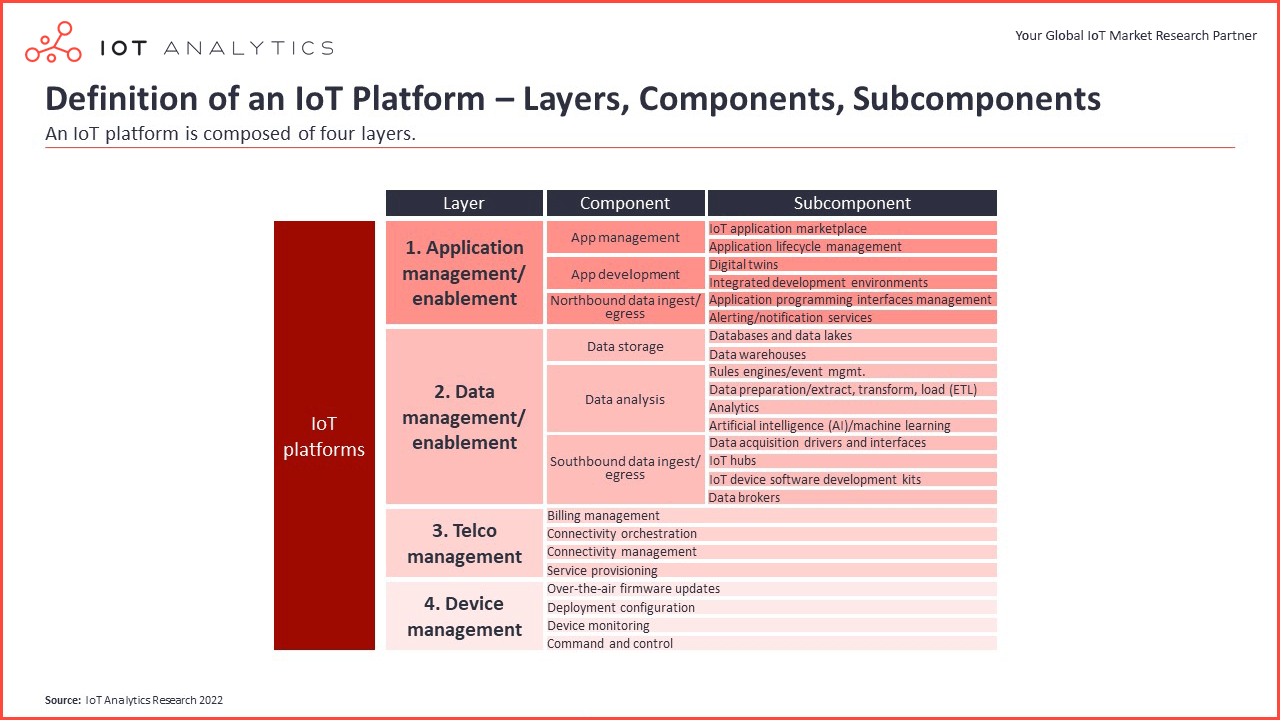Market Reports: IoT Platforms & Software
-
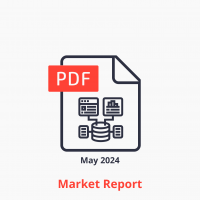
Data Management and Analytics Market Report 2024–2030
From $3,000.00 -
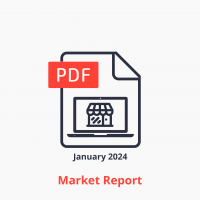
B2B Technology Marketplaces Market Report 2024–2030
From $3,000.00 -
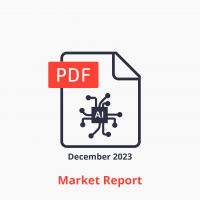
Generative AI Market Report 2023–2030
From $2,000.00 -
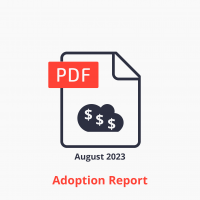
IoT Software Go-to-Market & Commercialization Report 2023
From $3,000.00 -
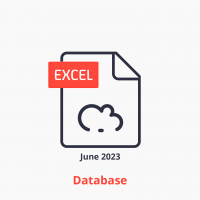
Global Cloud Projects Report and Database 2023
From $1,000.00 -

IoT Software Adoption Report 2023
From $3,000.00 -
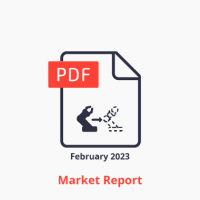
Digital Twin Market Report 2023-2027
From $5,000.00 -
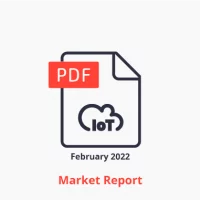
Cloud Computing for IoT Market Report 2021–2026
From $2,000.00
Latest Insights: IoT Platforms & Software

The leading IoT software companies 2023
In short IoT software spending reached $53 billion in 2022 and continues to grow strongly. The latest IoT Software Adoption Report 2023 highlights the top 100+ IoT software vendors used today based on an extensive survey of IoT users. The most common IoT software companies include Microsoft, AWS, Siemens, IBM, Cisco, Oracle, PTC, and MongoDB. Why it matters Software is an essential element of...
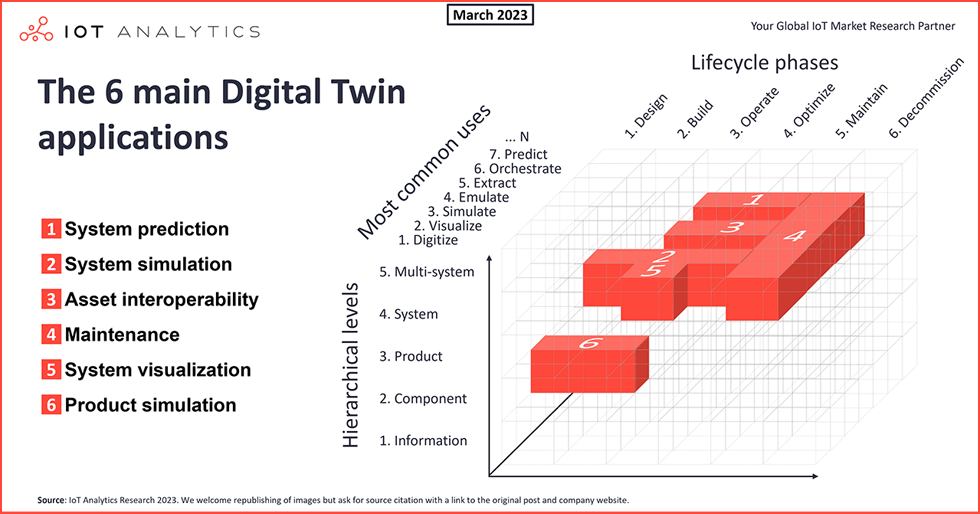
Decoding Digital Twins: Exploring the 6 main applications and their benefits
Research findings from an analysis of 100 digital twin projects The 6 main Digital Twin applications In short The market for digital twins expanded by 71% between 2020 and 2022. 63% of manufacturers are currently developing a digital twin or have plans to develop a digital twin. The latest Digital Twin Market Report 2023–2027 highlights the six main digital twin applications today: system...
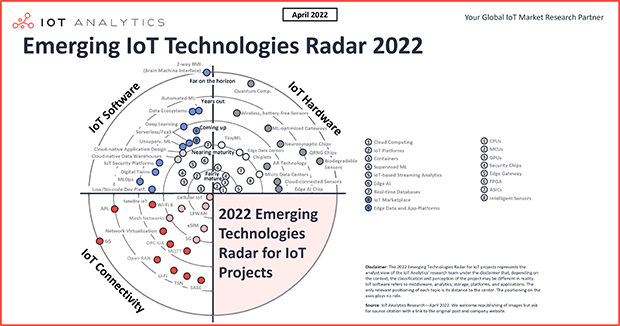
55+ emerging IoT technologies you should have on your radar (2022 update)
In short IoT Analytics identified 58 technologies that people working on IoT projects should have on their radar: 21 in IoT software, 21 in IoT hardware, and 16 in IoT connectivity.Of the 58 technologies on the radar, only a few are classified as nearing maturity, fairly mature, or mainstream—many of them are still further out and will need time to reach mass market maturity. Why it matters The...
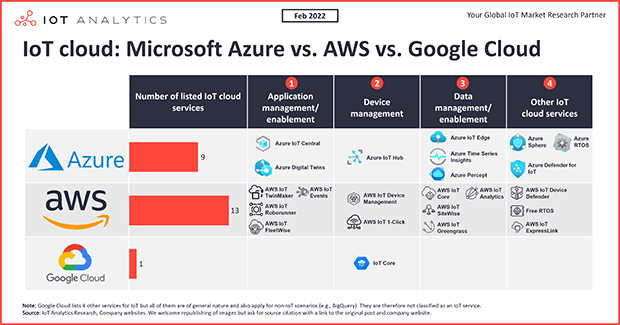
The IoT cloud: Microsoft Azure vs. AWS vs. Google Cloud
In short The three large hyperscalers collectively hold ~80% of the global IoT public cloud market. IoT is of high strategic importance to both Microsoft and AWS, while Google does not prioritize it as much. Why it matters Hyperscalers offer a large number of services in the public cloud that form the backbone of many IoT initiatives. The three leading global hyperscalers (AWS, Microsoft, and...
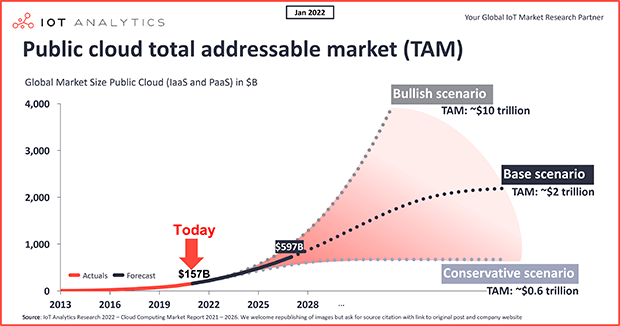
The case for a $2 trillion addressable public cloud market
The global public cloud market (hyperscaler IaaS and PaaS) reached $157 billion in 2021, according to our recently released Cloud Computing Market Report 2021–2026. The cloud market is dominated by three US-based firms that have seen their revenues grow at high double digits for years, with 2021 being no exception. Among the leading firms, both Google Cloud and Microsoft Azure reported 2021...
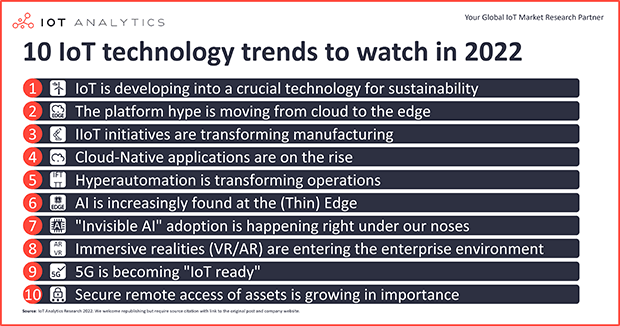
10 IoT technology trends to watch in 2022
At IoT Analytics, our market analyses rely on the findings from our analyst team but also on the input from experts and advisors. We gathered our advisor’s opinions on the most important IoT technology trends to watch in 2022: Note: You may also be interested to read our recent article on more general IoT adoption trends In short Our advisors identified 10 major trends shaping the IoT technology...
Insights By Category
Our View On IoT Platforms & Software
IoT Software comes in many forms including middleware tools, individual open-source components, custom-made code, and modular IoT platforms that sit in the cloud or at the edge.
An IoT Platform is a specialized software tool that is used for building and managing IoT solutions.
IoT Analytics classifies IoT Platforms into four distinctly different layers that, in total, can consist of up to several components and subcomponents.
The four main layers of an IoT Platform:
- Application management/enablement
- Data management/enablement
- Telco management
- Device management
Our Lead Expert

Mohammad Hasan
Analyst
Mohammad is part of the data and software team.
Mohammad has previously served as an analyst at Deutsche Bank and WNS (Aviva Investors). He holds a master’s degree in financial engineering, leveraging nine years of experience in technology and financial research.
Our Insights Are Trusted By
















Stay Up-to-Date With The Latest News & Updates
Access Premium Content
Gain access to our complete pool of insights and intelligence with a research subscription.
Join Our Newsletter
Be the first to know when we publish new insights and content.
Follow Us
Connect with us to gain access to exclusive updates from our team.

